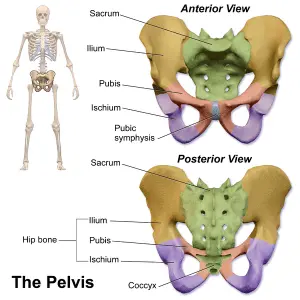Tibia Bone
Introduction The second-longest bone in your body is the tibia bone. It has a significant impact on how you walk, stand, and maintain your balance. Usually, only severe injuries like auto accidents cause the tibia to break. However, osteoporosis weakens bones, increasing the risk of fractures that you may not even be aware of. In…





